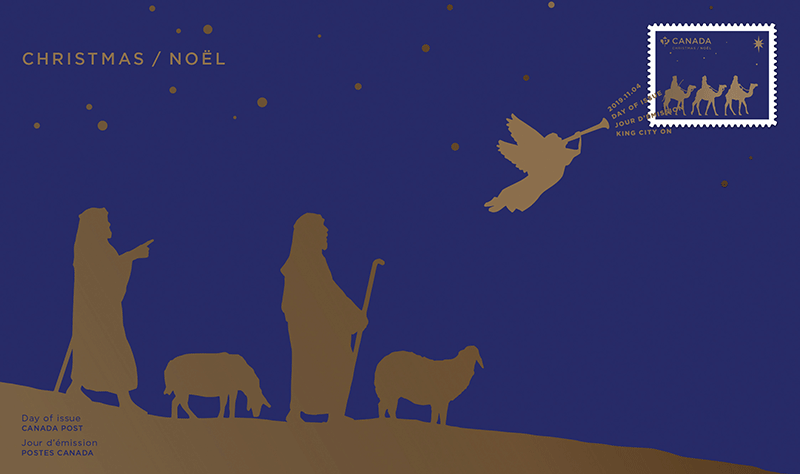[press release]
Special Star Wars-Themed Stamps From Royal Mail Mark The Final Instalment Of The Skywalker Saga
- Royal Mail issues the third and final stamp set in their Star Wars-themed collection [November 26th]

- The new set includes 10 character-themed stamps, featuring three brand new characters from the forthcoming film, Star Wars: The Rise of Skywalker
- Characters featured on the stamps, from the highly anticipated final instalment in the Skywalker saga, are: Jannah; Zorii Bliss; Lando Calrissian; Poe Dameron; and the all-new Sith Trooper
- The new set also features other classic characters from the Skywalker saga including Count Dooku; Grand Moff Tarkin; Darth Maul; the Wicket the Ewok; and Queen Amidala
- Completing the set are six further stamps presented in a miniature sheet, illustrating some of the most iconic starships in the galaxy: Poe’s X-wing fighter; Jedi starfighter; Slave I; TIE silencer; Podracers; and speeder bikes
- The artwork on the stamps feature original illustrations by British artist Malcolm Tween, who also designed the hugely popular Star Wars stamp sets issued in 2015 and 2017
- Each stamp features a secondary character or scene illustrated by Tween especially for the stamps
- The style of the ‘1st’ value on each of the stamps replicates the iconic font used for the films
- A full set of all 16 stamps, available in a Presentation Pack, retails at £12.00
- The stamps, and other collectible products, can be pre-ordered now at www.royalmail.com/starwars and by phone on 03457 641 641
- The stamps will be available on general sale at 7,000 Post Offices across the UK from 26 November 2019
Royal Mail has revealed the images of the final set of stamps in its own Star Wars-themed collection.
The 16-stamp set will mark the upcoming release of Star Wars: The Rise of Skywalker – which is in cinemas from the 19th December – and features characters and iconic vehicles from the Skywalker saga.
Ten character stamps feature: Count Dooku; Lando Calrissian; Sith Trooper; Jannah; Grand Moff Tarkin; Darth Maul; Zorii Bliss; Wicket Warrick; Poe Dameron; and Queen Amidala.
Character-themed stamps making their debut in Royal Mail’s Star Wars: The Rise of Skywalker stamp set are Jannah, Zorii Bliss and the red armoured Sith Troopers.
The characters of Count Dooku and Grand Moff Tarkin, are both included in the new set.
Art of the Ewok character, Wicket Warrick, as well as the character Jannah, are also included on the stamps.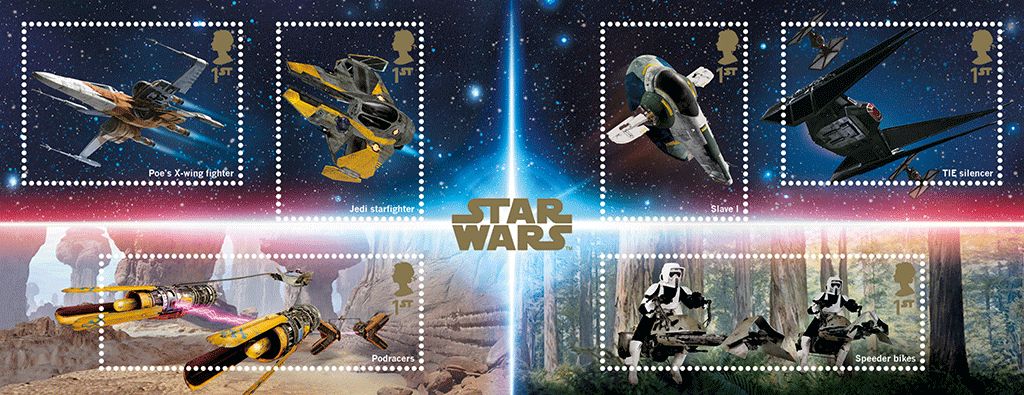
Completing the set are six stamps featuring some of the most iconic vehicles in the Star Wars galaxy including a Podracer and Slave I. Poe’s X-wing fighter; Jedi starfighter; TIE silencer; and speeder bikes also make an appearance.
All 10 character stamps are original, exclusive illustrations by digital artist and Star Wars fan Malcolm Tween. Tween blended the main images with background scenes to create striking and hyper-realistic montages. Tween also designed the hugely popular 2015 and 2017 Star Wars stamp issues.
As with the previous two issues, the style of the ‘1st‘ value on each of the stamps will replicate the iconic font used for the films.
Philip Parker, Royal Mail, said: “Once again Malcolm Tween takes us on a journey across the Star Wars galaxy with extraordinary artwork of characters old and new. The stamps are miniature masterpieces and a fitting tribute to mark the end of the Skywalker saga.”
The full set of 16 stamps, available in a Presentation Pack, retails at £12.00.
The stamps and a range of collectible products are available to pre-order now at www.royalmail.com/starwars and by phone on 03457 641 641.
The stamps will be available on general sale at 7,000 Post Offices across the UK from 26 November.
Stamp-by-stamp:
 Count Dooku
Count Dooku
The sinister and elegant Count Dooku trained as a Jedi Master but joined Darth Sidious as a Sith. Working secretly with Sidious, he leads a droid army against the Republic and initiates the deadly Clone Wars at the Battle of Geonosis, where he engages in a lightsaber battle with Jedi Master Yoda. Sidious betrays Dooku, and the Count is killed by Anakin Skywalker.
Lando Calrissian
 The one-time owner of the “fastest ship in the galaxy”, the Millennium Falcon, Lando Calrissian was a gambler and a smuggler who lost the Falcon in a game of sabacc to Han Solo. Later the administrator of a sophisticated resort on Bespin, Cloud City, he allies himself with the Empire before joining the Rebel Alliance and helping to destroy the second Death Star.
The one-time owner of the “fastest ship in the galaxy”, the Millennium Falcon, Lando Calrissian was a gambler and a smuggler who lost the Falcon in a game of sabacc to Han Solo. Later the administrator of a sophisticated resort on Bespin, Cloud City, he allies himself with the Empire before joining the Rebel Alliance and helping to destroy the second Death Star.
Sith Trooper
 Inspired by the power of a dark and dangerous legacy, the Sith troopers are Kylo Ren’s new breed of highly skilled soldiers. Trained to elite level, these fearsome warriors can handle close-combat blades and blaster rifles as well as long-range heavy artillery. The Sith troopers are to be employed in the First Order’s final push for ultimate galactic domination.
Inspired by the power of a dark and dangerous legacy, the Sith troopers are Kylo Ren’s new breed of highly skilled soldiers. Trained to elite level, these fearsome warriors can handle close-combat blades and blaster rifles as well as long-range heavy artillery. The Sith troopers are to be employed in the First Order’s final push for ultimate galactic domination.
Jannah
 Armed with weapons such as an energy bow and a grapple hook, Jannah is the honourable leader of a fierce band of warriors from an oceanic moon. Jannah is athletic and superbly skilled at archery and riding. She joins legendary heroes such as Lando Calrissian and Chewbacca in the fight against the evils of the First Order.
Armed with weapons such as an energy bow and a grapple hook, Jannah is the honourable leader of a fierce band of warriors from an oceanic moon. Jannah is athletic and superbly skilled at archery and riding. She joins legendary heroes such as Lando Calrissian and Chewbacca in the fight against the evils of the First Order.
 Grand Moff Tarkin
Grand Moff Tarkin
Wilhuff Tarkin became the Emperor’s first Grand Moff, a title given to a governor who rules over star systems that show signs of rebelliousness. Tarkin commanded the Death Star, a superweapon employed against whole planets to demonstrate his maxim of “ruling through fear of force”. Tarkin dies on the Death Star when it is obliterated by the Rebel Alliance.
Darth Maul
 A Zabrak with head horns and face tattoos, Maul is trained in the dark arts as a Sith warrior by Darth Sidious. He emerges from his training on Tatooine and confronts Jedi Qui-Gon Jinn and Obi-Wan Kenobi. In this battle, Jinn is killed, while Maul is sliced in two at the waist. However, he manages to survive and fights in the Clone Wars on robotic legs.
A Zabrak with head horns and face tattoos, Maul is trained in the dark arts as a Sith warrior by Darth Sidious. He emerges from his training on Tatooine and confronts Jedi Qui-Gon Jinn and Obi-Wan Kenobi. In this battle, Jinn is killed, while Maul is sliced in two at the waist. However, he manages to survive and fights in the Clone Wars on robotic legs.
 Zorii Bliss
Zorii Bliss
Zorii Bliss is a tough spice runner from the snowy planet Kijimi. Armed with twin blaster pistols and wearing a visored helmet to hide her face, Zorii just wants to keep her business to herself. But even streetwise scoundrels such as Zorii are forced to take sides in the increasingly high-stakes war between the First Order and the Resistance.
 Wicket Warrick
Wicket Warrick
An Ewok scout and warrior, Wicket W. Warrick befriends Leia Organa on his homeworld, the forest moon of Endor. The peaceful planet has become the site of an Imperial generator that powers the energy shield protecting the second Death Star. Using only simple weapons and traps, Wicket and his fellow Ewoks help Leia and the Rebel Alliance defeat the Empire during the battle of Endor.
 Poe Dameron
Poe Dameron
Ace pilot Poe Dameron is a highly skilled member of the Resistance. Assisted in his customised T-70 X-wing fighter by his trusty droid, BB-8, he leads a daring raid to find a weak spot in Starkiller Base. Preferring action to passivity, he clashes with the leadership of the Resistance over his desire to strike at the First Order but remains at the heart of any battle.
 Queen Amidala
Queen Amidala
At the age of 14, Padmé Amidala becomes the monarch on her planet Naboo. A skilled diplomat and fighter, she goes on to represent Naboo as its senator on Coruscant, where she falls in love with a dashing young Jedi, Anakin Skywalker. Witnessing Anakin’s fall to the dark side, Amidala is forced to flee after she becomes pregnant with their twins, Luke and Leia.
Star Wars: The Rise of Skywalker is released in cinemas on 20 December.

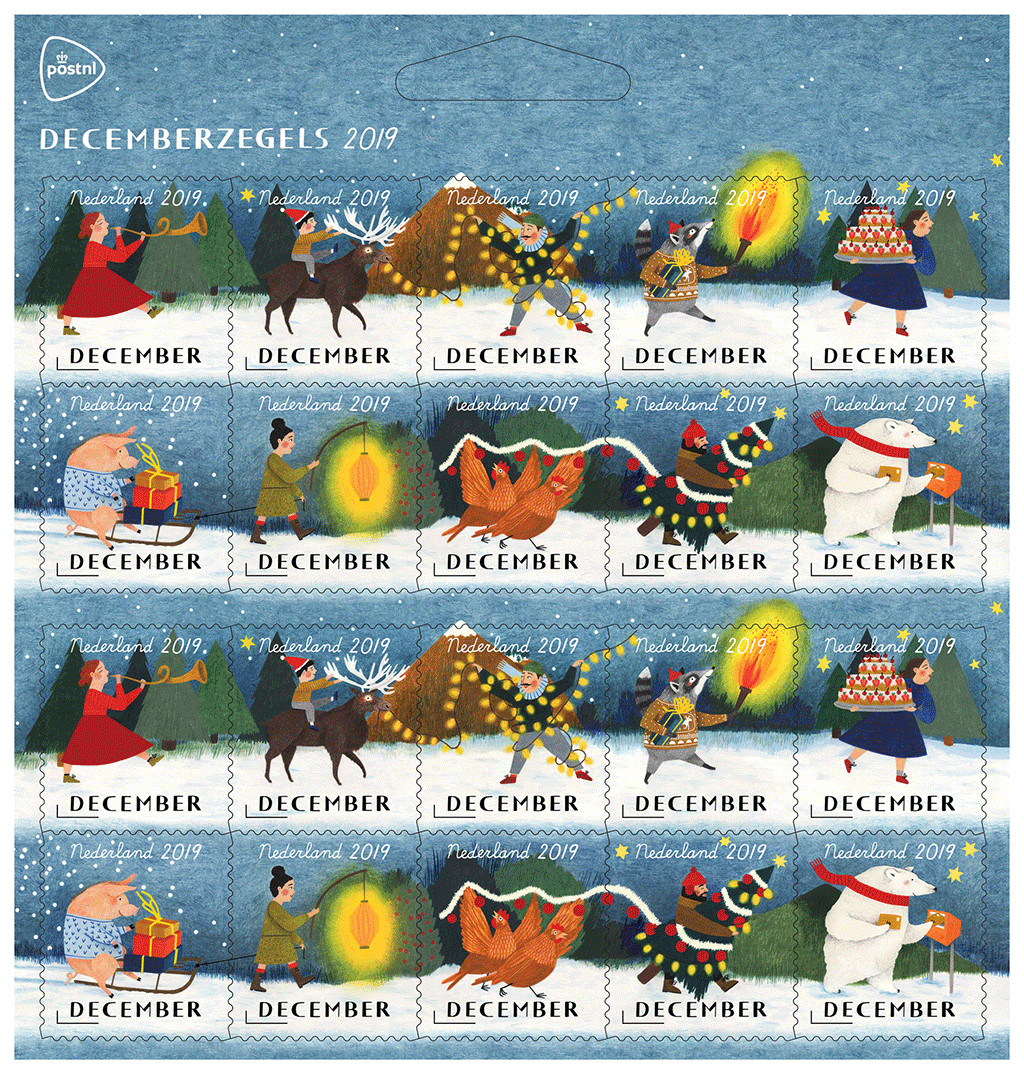
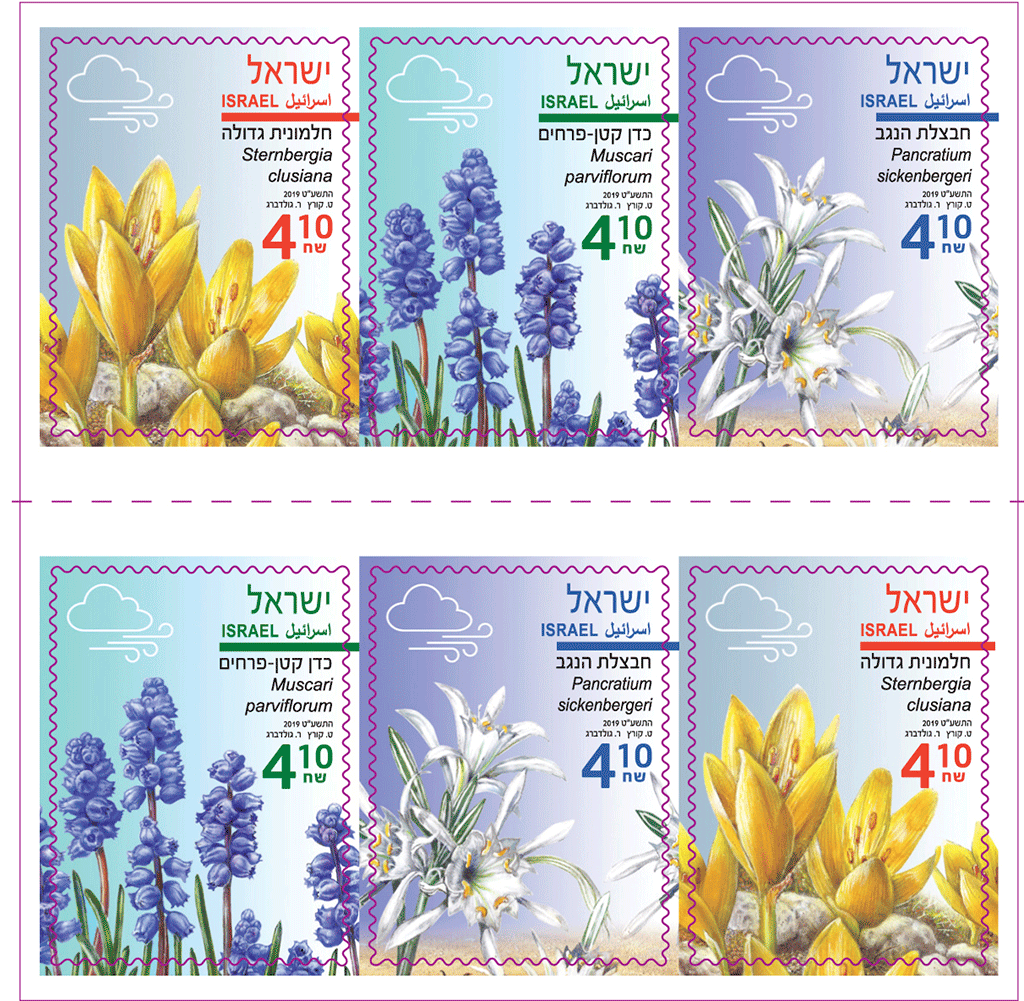
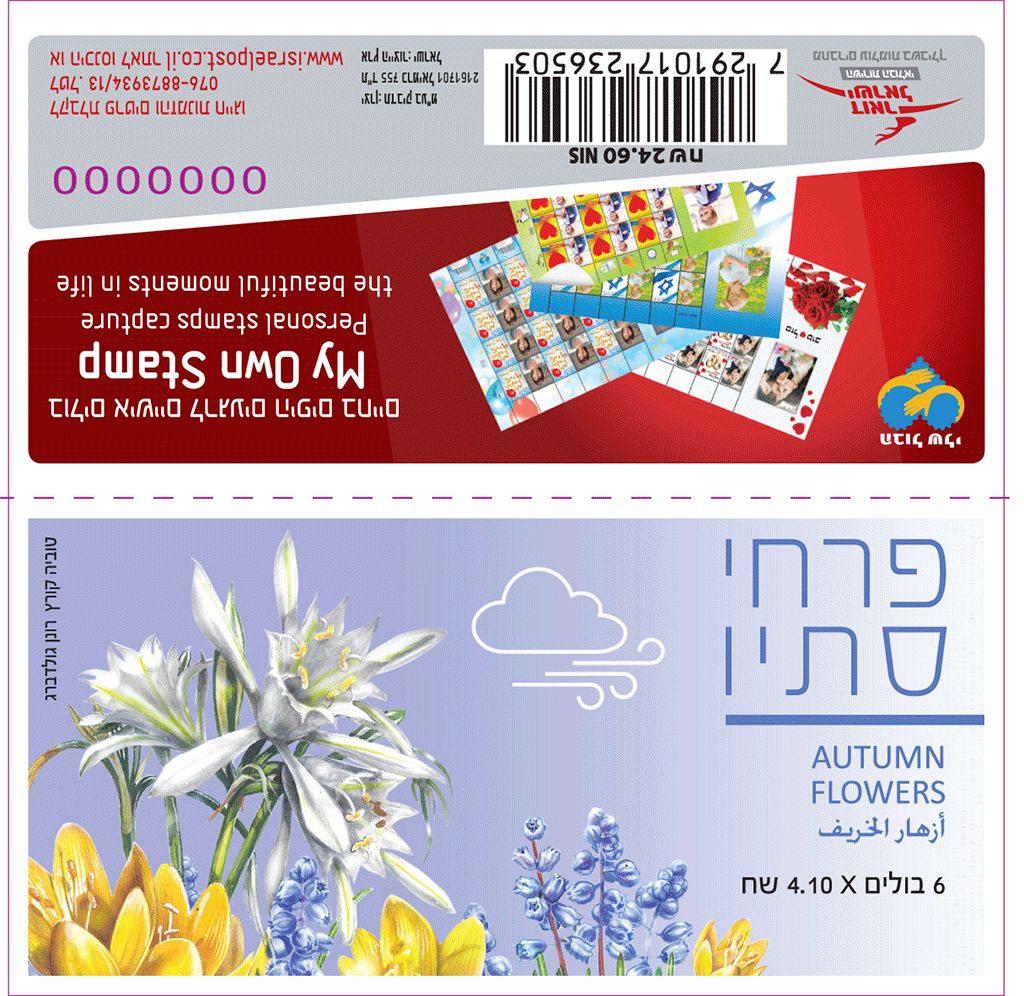
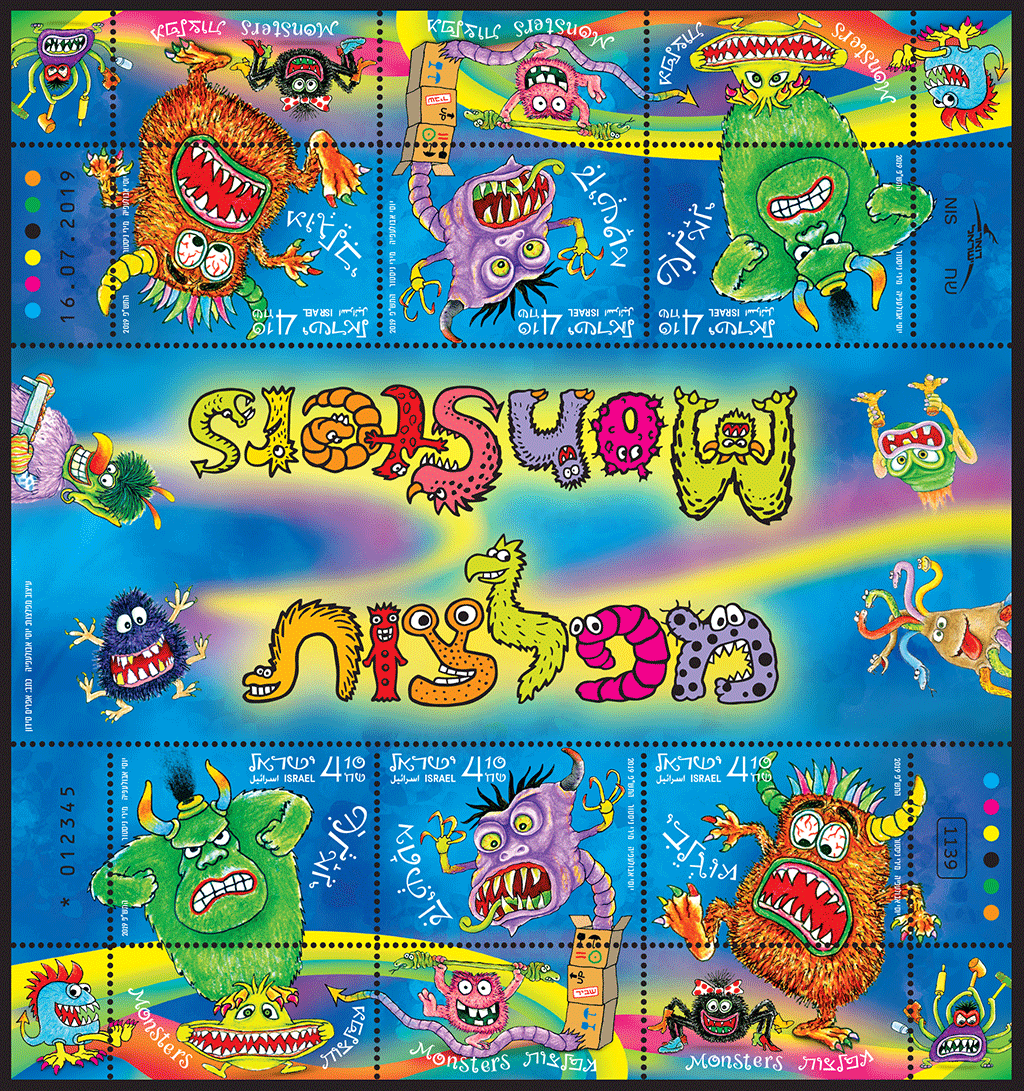
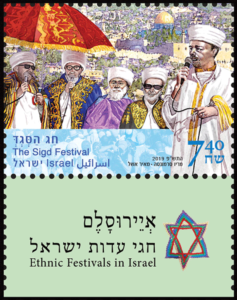 When the State of Israel was founded and its gates were opened to Jews from around the world, the wave of Olim (new immigrants) which had been rising since the end of the 19th century became a virtual flood. Entire communities from around the globe gathered their belongings and made their way to the Land of their ancestors. Each community brought its customary garb, special language, traditions and all of the other cultural components it had developed over centuries in the Diaspora.
When the State of Israel was founded and its gates were opened to Jews from around the world, the wave of Olim (new immigrants) which had been rising since the end of the 19th century became a virtual flood. Entire communities from around the globe gathered their belongings and made their way to the Land of their ancestors. Each community brought its customary garb, special language, traditions and all of the other cultural components it had developed over centuries in the Diaspora.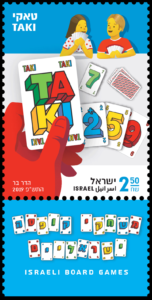 Since it was first introduced in 1983, TAKI has become one of the most popular board games in Israel and one of the greatest symbols of the “togetherness” culture.
Since it was first introduced in 1983, TAKI has become one of the most popular board games in Israel and one of the greatest symbols of the “togetherness” culture.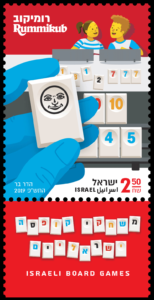 languages! A new Rummikub game is manufactured every six seconds.
languages! A new Rummikub game is manufactured every six seconds.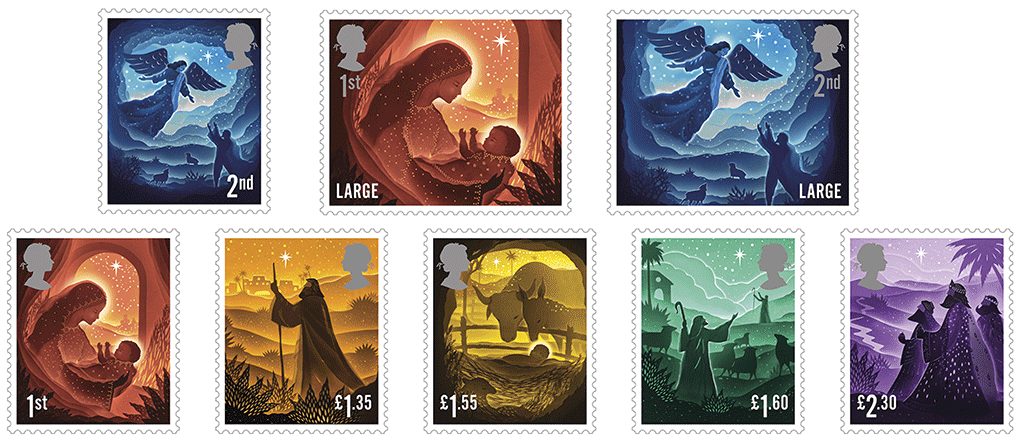
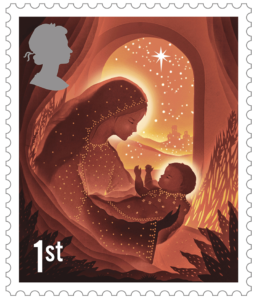 Annunciation, the journey of the Magi and the birth of Jesus Christ.
Annunciation, the journey of the Magi and the birth of Jesus Christ.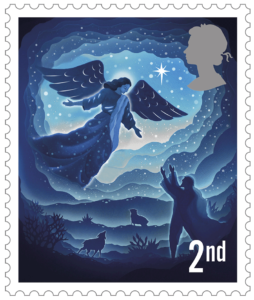 The History of Christmas Cards
The History of Christmas Cards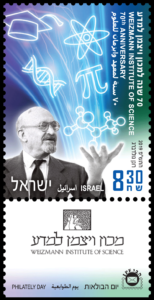 The Weizmann Institute of Science has been guiding the spirit and substance of the State of Israel for 70 years. Dr. Chaim Weizmann, the first president of Israel and founder of the Weizmann Institute of Science is quoted in the campus square: “I trust and feel sure in my heart that science will bring to this land both peace and a renewal of its youth, creating here the springs of a new spiritual and material life. […] I speak of both science for its own sake, and science as a means to an end.” And in fact, 70 years after its founding ceremony, attended by the leaders of the young nation on November 2, 1949, the Weizmann Institute of Science is today ranked third in the world for research quality (Nature Index 2019 ranking) and is among the world’s 25 most influential institutions for technological and medical application. This is an especially significant achievement, as the Institute’s scientists focus on basic research, motivated solely by curiosity that has a single goal: to expand the boundaries of human knowledge and better understand the world and our place in it.
The Weizmann Institute of Science has been guiding the spirit and substance of the State of Israel for 70 years. Dr. Chaim Weizmann, the first president of Israel and founder of the Weizmann Institute of Science is quoted in the campus square: “I trust and feel sure in my heart that science will bring to this land both peace and a renewal of its youth, creating here the springs of a new spiritual and material life. […] I speak of both science for its own sake, and science as a means to an end.” And in fact, 70 years after its founding ceremony, attended by the leaders of the young nation on November 2, 1949, the Weizmann Institute of Science is today ranked third in the world for research quality (Nature Index 2019 ranking) and is among the world’s 25 most influential institutions for technological and medical application. This is an especially significant achievement, as the Institute’s scientists focus on basic research, motivated solely by curiosity that has a single goal: to expand the boundaries of human knowledge and better understand the world and our place in it. structure and workings of the ribosome, the cell’s protein factory, was the first female Israeli scientist to be awarded the Nobel Prize (2009). Today the Institute is a leader in developing personalized medical treatment, aerospace research and quantum physics.
structure and workings of the ribosome, the cell’s protein factory, was the first female Israeli scientist to be awarded the Nobel Prize (2009). Today the Institute is a leader in developing personalized medical treatment, aerospace research and quantum physics.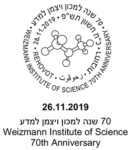 Israel’s first computer, was constructed in this building. Today, the Jacob Ziskind Building houses the Faculty of Mathematics and Computer Science. Photo courtesy of Weizmann Institute of Science.
Israel’s first computer, was constructed in this building. Today, the Jacob Ziskind Building houses the Faculty of Mathematics and Computer Science. Photo courtesy of Weizmann Institute of Science.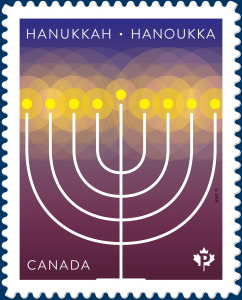 MONTRÉAL – Hanukkah begins on the 25th day of Kislev, the third month of the Jewish calendar year, and lasts for eight days. In 2019, the festival occurs from nightfall on December 22 until nightfall on December 30. Canada Post is issuing this stamp today, well in advance of the celebration, so that Canadians can make their Hanukkah cards and other mail more festive.
MONTRÉAL – Hanukkah begins on the 25th day of Kislev, the third month of the Jewish calendar year, and lasts for eight days. In 2019, the festival occurs from nightfall on December 22 until nightfall on December 30. Canada Post is issuing this stamp today, well in advance of the celebration, so that Canadians can make their Hanukkah cards and other mail more festive.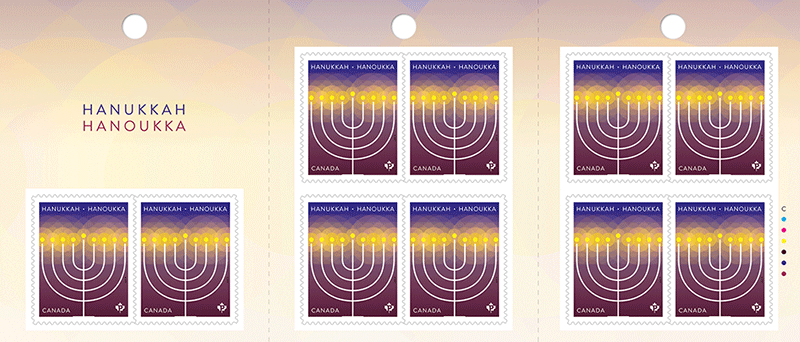 The Official First Day Covers:
The Official First Day Covers: 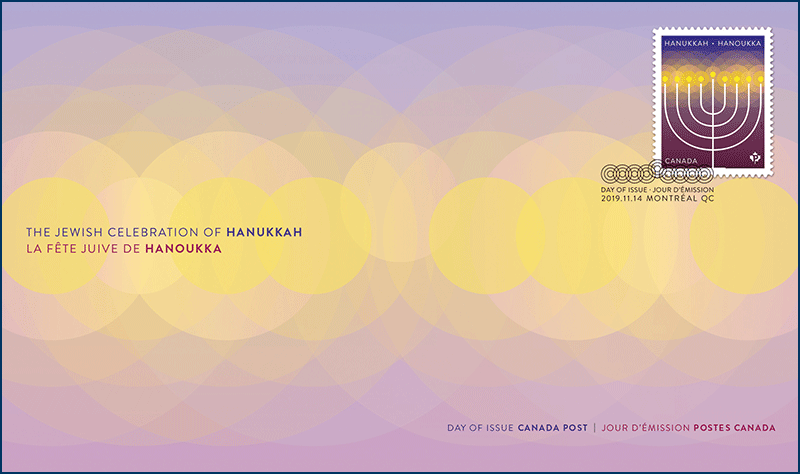 Technical Specifications:
Technical Specifications:
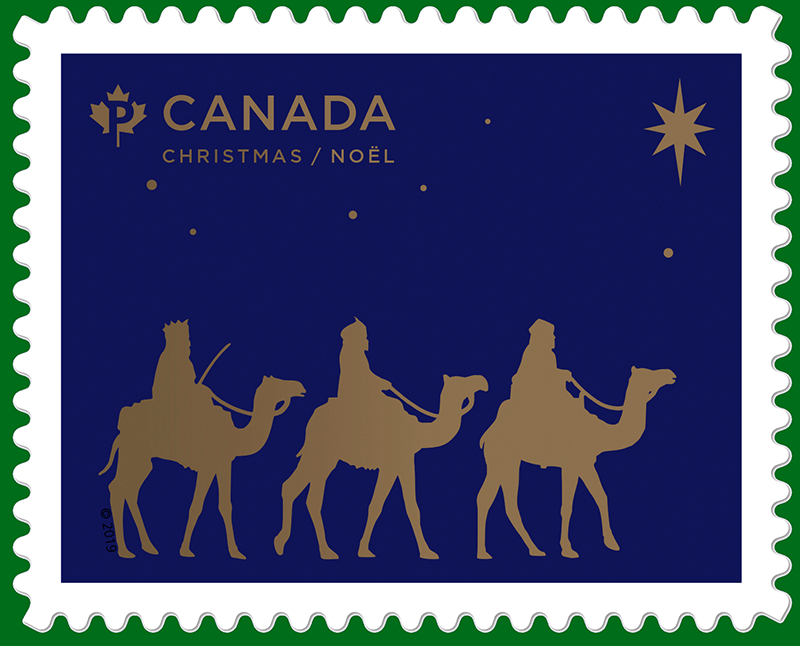 [press release]
[press release] The official first day cover:
The official first day cover: 